Flowers, nature’s delicate and vibrant creations, come in a fascinating array of shapes, sizes, and colors. Beyond their aesthetic appeal, flowers possess unique structural features that contribute to their diversity and evolutionary adaptations. This article delves into the captivating world of flowers, exploring the distinct construction and anatomy of various flower species.
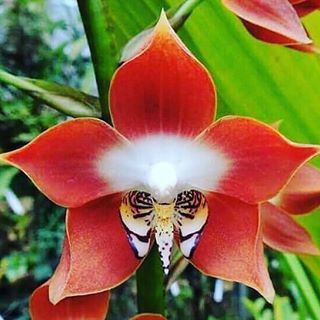
One noticeable difference among flowers lies in the shape, size, and number of petals they possess. Some flowers, such as roses, have multiple layers of soft, velvety petals arranged symmetrically, creating a visually pleasing structure. On the other hand, orchids exhibit intricate patterns and asymmetrical petal arrangements, showcasing their exotic beauty.
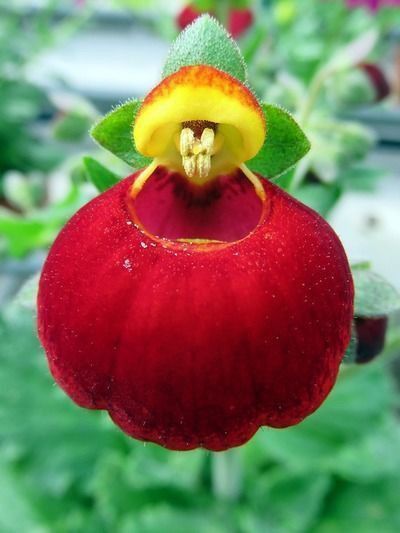
Apart from petals, flowers also have sepals and bracts, which are often overlooked. Sepals are leaf-like structures found at the base of the flower, protecting the developing bud. They come in various shapes and sizes, providing additional visual appeal. Bracts, on the other hand, are specialized leaves that often surround or accompany flowers. They can be brightly colored, creating eye-catching displays and attracting pollinators.
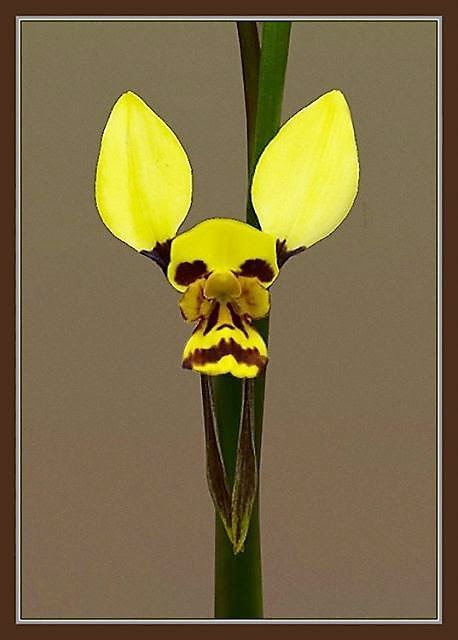
Floral Tubes and Spurs: Certain flower species possess long floral tubes or spurs, which serve as nectar reservoirs. These elongated structures are designed to accommodate specific pollinators, such as hummingbirds or insects with long proboscises. The unique shape of these tubes ensures that only certain pollinators can access the nectar, increasing the flower’s chances of successful reproduction.
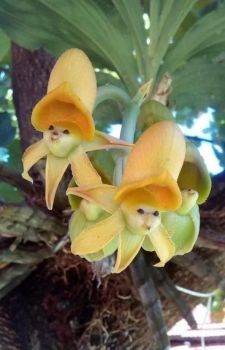
Inflorescence Patterns: Flowers are not always solitary; they often grow in clusters known as inflorescences. These arrangements can vary greatly among species. Some flowers exhibit simple racemes, where individual flowers attach to a central stalk. Others form intricate panicles, umbels, or spikes, creating visually striking and diverse arrangements.

Reproductive Organs: The reproductive organs of flowers, including stamens and pistils, also exhibit remarkable variation. Stamens, the male reproductive structures, consist of a filament and an anther. The anther holds pollen grains, which are essential for fertilization. The number, arrangement, and shape of stamens can differ significantly between species. Similarly, the pistil, the female reproductive organ, varies in size, shape, and number of stigma branches or lobes.
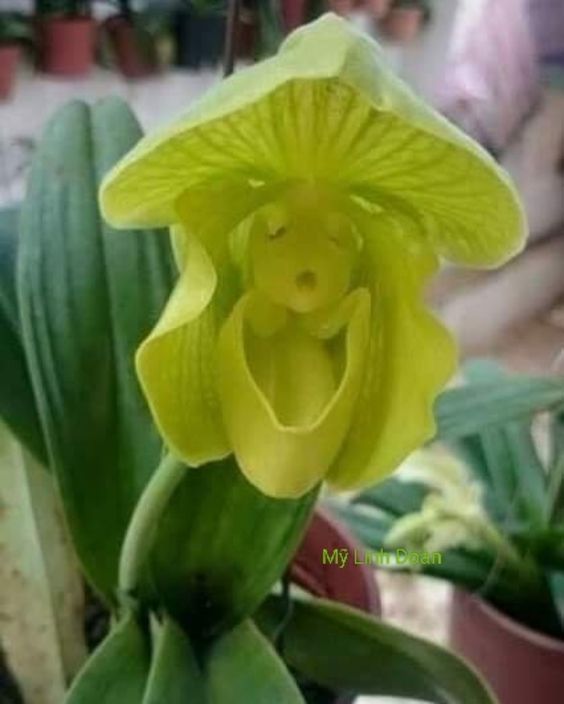

The world of flowers is a testament to the wonders of nature’s creativity and adaptation. The diverse structures of flowers not only contribute to their beauty but also play crucial roles in attracting pollinators and ensuring successful reproduction. Exploring and appreciating the intricate variations in flower construction can deepen our understanding and admiration for these remarkable botanical marvels.
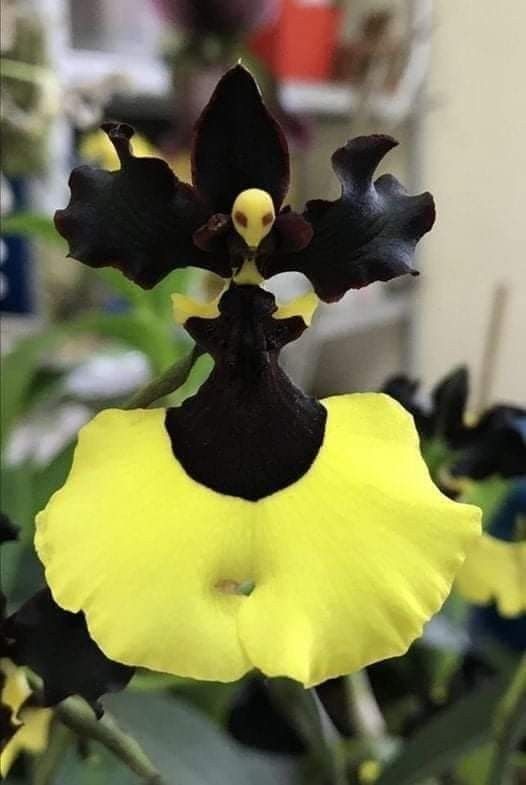
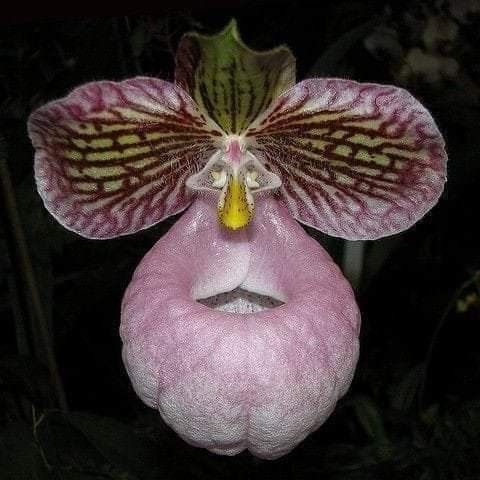

Soucre: special68.com





